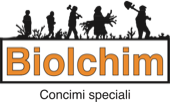How to Increase Fruit Size with Foliar Fertilization
Two “zero-residue” strategies (residue below the detection limits of analytical methods used) to promote crop value enhancement, even in organic-compliant farming
In the fresh fruit market, size is everything. Cherries, peaches, apricots, plums, table grapes, kiwis, citrus fruits, pears, and apples—all must meet increasingly high standards to attract consumers and ensure profitability for growers.
But how can you achieve uniform, adequately sized fruits without compromising quality? The answer lies in the innovative biostimulation techniques developed by BIOLCHIM.
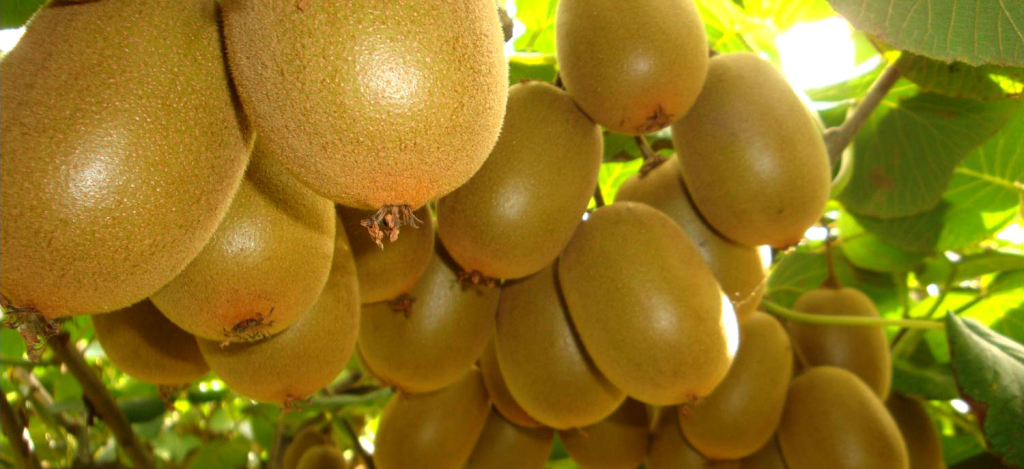
Fruit Growth: Cell Number and Structure Make the Difference
The secret to increasing fruit size without affecting organoleptic properties is to stimulate cell multiplication in the very early stages of fruit development.
After petal fall, during the immediate post-fruit set phase, and for only a few weeks, the cells that form fruit tissues divide rapidly, drawing in energy and nutrients.
The more cells, the larger the fruit can grow. Calcium is an essential nutrient at this stage, as every cell requires it to form properly.
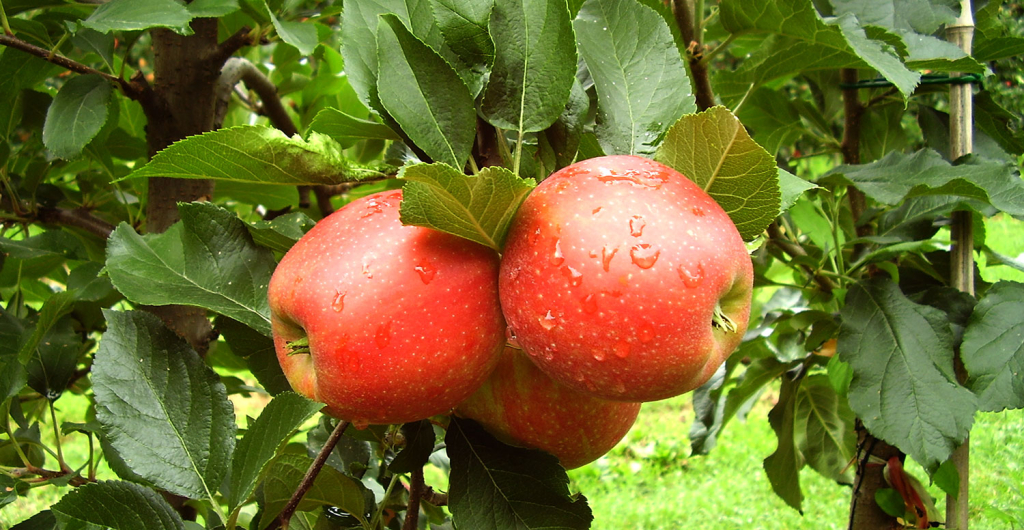
KRISS®, FOLICIST® e NITROCAM®: The Winning Strategy

Biolchim has developed a nutritional protocol that combines three key products:
- KRISS®, biopromoter, promotes fruit growth based on tryptophan, arginine, and plant extracts: promotes cell multiplication in the early stages of fruit development, stimulating size increase without compromising quality.
- FOLICIST®, biostimulant of cellular metabolism: supports physiological processes linked to fruit growth, provides energy to the plant, and helps overcome abiotic stress.
- NITROCAM®, calcium and magnesium nitrate double salt with molybdenum: supplies essential nutrients for photosynthesis and strengthens cell walls, benefiting fruit growth, firmness, and shelf life.
If nitrogen-free calcium is required, NITROCAM® can be replaced with LIGOPLEX® Ca, calcium complexed with ammonium lignosulfonate. The strategy involves foliar applications starting at full bloom completion.
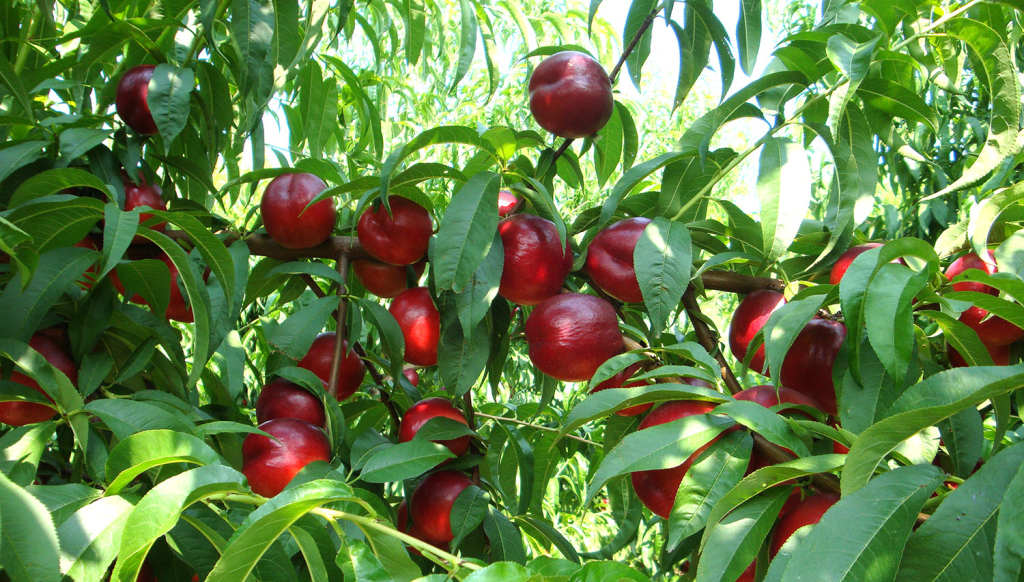
And for Organic-compliant Farming?
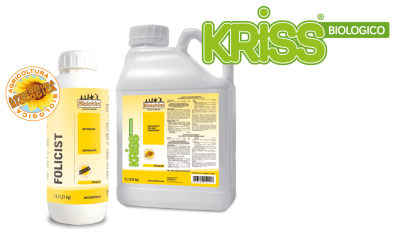
Organic-compliant growers can also achieve high-caliber, uniform production with a dedicated, effective, and modern strategy.
The key product in this case is KRISS® ORGANIC, a plant-derived biostimulant for fruit growth.
Used in combination with FOLICIST®, it delivers comparable benefits while fully complying with organic farming regulations.
For apple trees only, organic calcium can be supplied using GLIBOR Ca™, a fertilizer with a high concentration of calcium and boron.

Consistent Results Across Major Fruit Crops
The adoption of these strategies has gained the trust of numerous growers who have observed benefits in a wide range of crops:
- cherries: Large, firm fruits with no increased risk of cracking;
- stone fruits (peach, apricot, plum, almond): High and uniform size with excellent post-harvest durability;
- pome fruits (apple, pear): Exceptional fruit size, uniformity, and quality;
- table grapes: Well-structured clusters with large, crunchy berries, improving transportability and taste;
- kiwi: Balanced growth and more competitive sizes without affecting dry matter content.
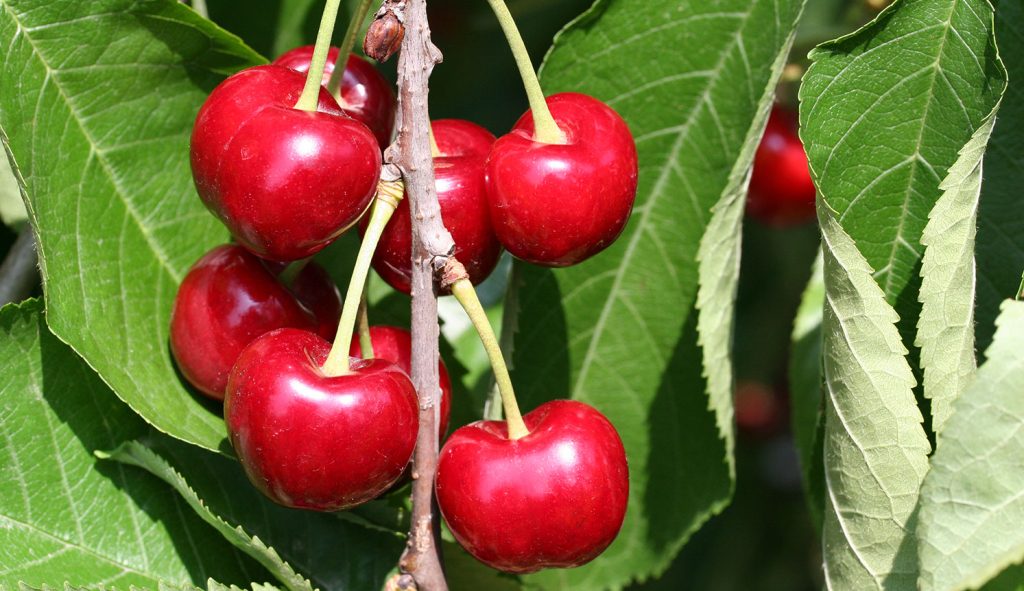
An Investment in Yield and Sustainability
Increasing fruit size is not just about aesthetics—it directly improves profitability by increasing production in the most valuable commercial categories.
This allows growers to offer a premium product highly appreciated by consumers.
With a zero-residue* and/or allowed in organic farming, Biolchim proves that practices inspired through innovation and sustainability go hand in hand, meeting the needs of all stakeholders in the fruit production chain.
* residues below the limits of detection of the analytical methods used.
Contact Biolchim’s technical service to learn how to best apply these solutions to your farm.



